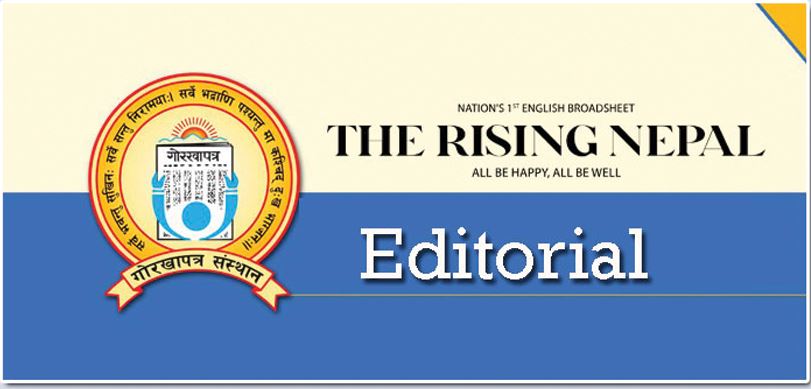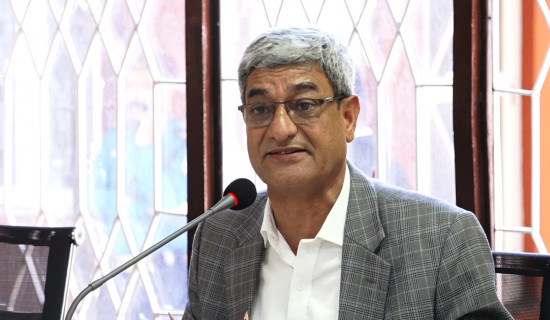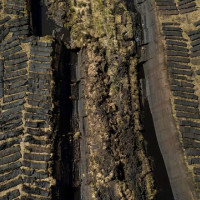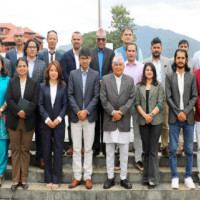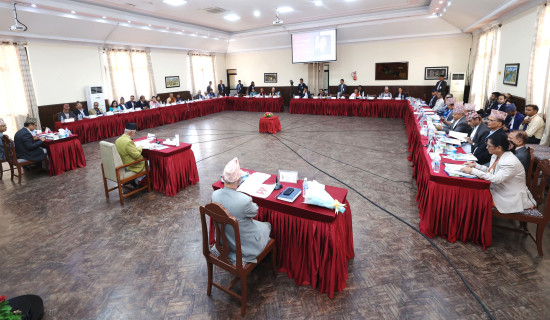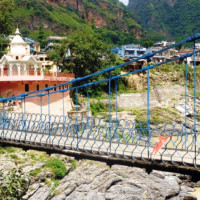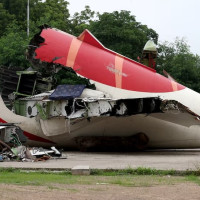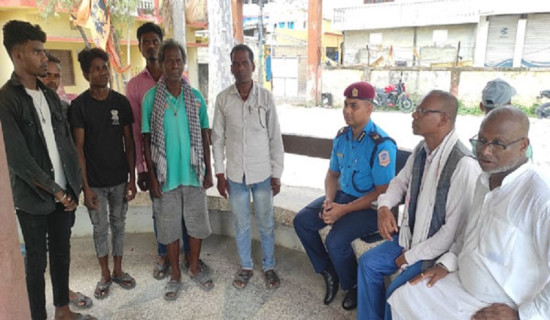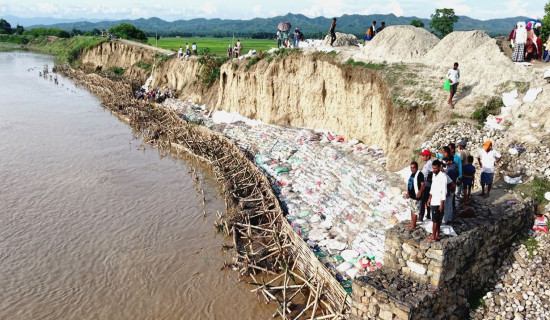- Wednesday, 16 July 2025
For Smooth Waste Management
The construction of the landfill site at Bancharedanda has almost been completed, much to the relief of the residents in the Kathmandu Valley. The people in the capital city and its vicinity have had harrowing experiences of managing waste in the absence of the durable sanitary landfill infrastructure. The landfill site, located in Nuwakot and Dhading districts, includes a 24-metre-high dam that is expected to absorb tonnes of waste generated from the Valley. Kathmandu Metropolitan City has been tasked to operate the well-equipped landfill site essential to preserving the environment.
Unlike dumping grounds that have polluted communities with the risk of spreading communicable diseases, a well-equipped sanitary landfill site protects public health and contributes to building planned cities. It does not contaminate the waste with water bodies, air, and land, thus preserving the ecosystem and the health of the surrounding inhabitants. However, the broader context of Nepal's urbanisation and infrastructure challenges cannot be overlooked. The need for efficient waste management systems grows as cities expand due to migration and economic transformation. The Bancharedanda plant is a testament to the nation's capacity to manage metropolises' waste.
The success of sanitary landfills depends on investments in recycling, waste segregation, and public education. If left unattended, the perfect landfill may become another overflowing dump. To run the site smoothly requires efficient management and people's participation. Speaking at the meeting of the House of Representatives on Monday, Deputy Prime Minister and Minister for Urban Development Prakash Man Singh informed that integrated waste management facilities have been built in Dhangadhi, Shuklaphanta, Godavari, Birgunj and Nepalgunj under the regional urban development project. These initiatives will enable to creation of a systematic and clean cities. Nonetheless, they should be more than stopgap measures. Urban areas suffer from fragmented power and lean resources, affecting the management of sanitary infrastructure.
The Intensive Urban Development Programme, launched in the fiscal year 2016/17, covers 108 municipalities, seeking to improve roads, drainage systems, bus parks and markets, according to a news report of this daily. The government is working to formulate a national settlement development policy for systematic human settlements across the country. To effectively implement the Programme, long-term planning and investment are a must. Adequate resources, effective mechanisms and institutions, and political will are important to realise the national development drives.
We can manage the resources by engaging communities, applying rules, and working with waste. The setup of the Bancharedanda sanitary landfill is a model of what the government can do when policy, planning, and politics converge. It provides a foundation for healthier, cleaner, and more liveable cities. For the country to change the face of urban areas, the concerned authorities must adopt a comprehensive approach that ensures long-term solutions. A significant aspect of this transformation is practical and holistic waste management. The Bancharedanda sanitary landfill is set to come into operation after years of urban mismanagement. Now, there is a need for coordination among the three tiers of government. The deadlock between the KMC and the federal government must not come in the way of handling the
landfill site.

